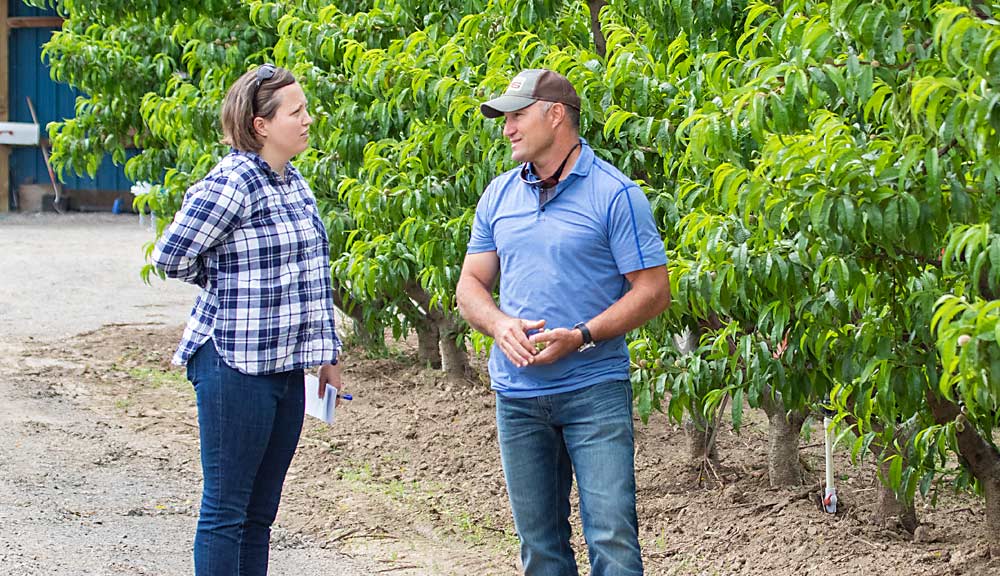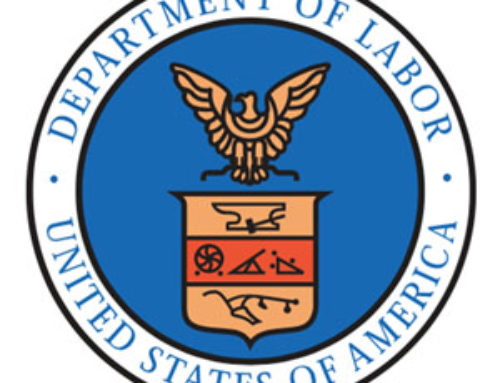
Did you know that in the breezy Columbia Basin, all that blowing about can scuff tender nectarine fruitlets with their own shucks?
I certainly didn’t until I visited grower John Douglas to report this issue’s centerpiece story on Douglas Fruit Co.’s focus on organic summer fruit.
That’s the best part of writing for Good Fruit Grower: There is always more to learn from the industry experts who generously share their time with us. After nearly three years with the magazine, I’ve learned so much, and yet, there’s so much still to learn.
But that’s why I became a journalist in the first place. I studied biology in college, with a focus on plant ecology, but eventually realized that my restless, curious brain is not wired for the long-term, laser-focused work of pursuing a Ph.D. and a career in research. So, I went back to school for a master’s degree in science journalism instead, discovering that I like talking and writing about science much more than I liked actually doing it.
When I joined the Good Fruit Grower staff in 2016, it felt like the perfect opportunity to put all of my passions together — science, journalism, good people and, of course, great fruit — but it was also a little intimidating to suddenly be writing for an audience with the experience and expertise of our readers.
“I’m the new writer,” I often said when introducing myself that first year, my way of asking people to be patient in the face of my occasionally naive questions. But I have found that the more I learn, the more questions I have, and my rookie queries were often the first step toward finding new information growers need in this rapidly evolving industry.
We’re all learning together about new genetics, innovative systems, progressive pest control practices, and the potential impact of technologies such as rapid DNA-sequencing, artificial intelligence and robotics. Here at Good Fruit Grower, we strive to explain it all, along with why it matters for your farm.
This summer, I am feeling green again as I step into a new role as editor, succeeding Shannon Dininny, who took the reins of managing the magazine this spring. Holding that news for the end of this column is what we journalists call “burying the lede.”
But these changes in leadership at Good Fruit Grower won’t change what I like best about this job: continuing to learn with all of you.
—by Kate Prengaman






Leave A Comment